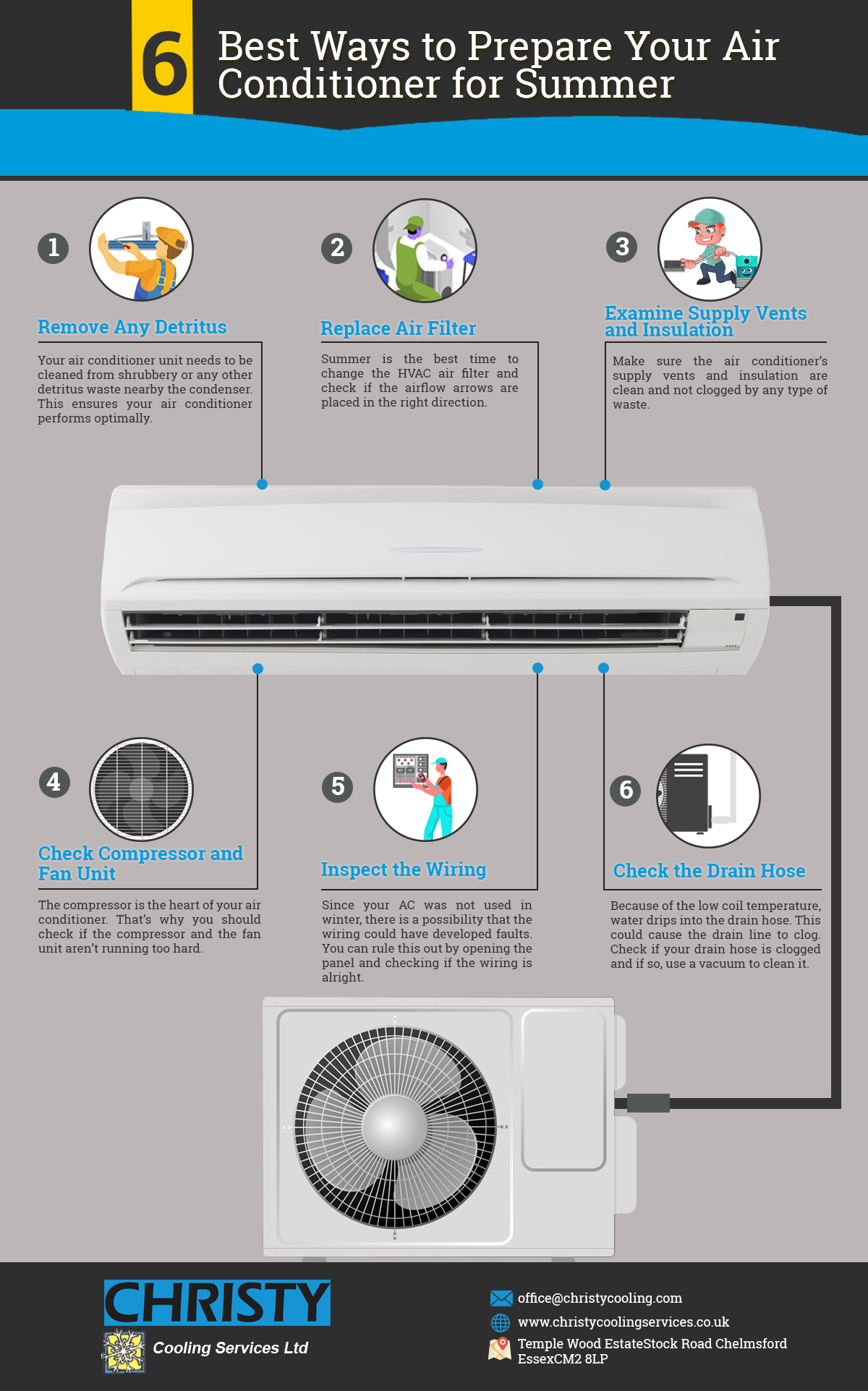The Future Of Home Home Heating - How Heatpump Modern Technology Is Advancing
The Future Of Home Home Heating - How Heatpump Modern Technology Is Advancing
Blog Article
Content Writer-Fraser McCormick
Heatpump will be a critical technology for decarbonising heating. In a circumstance constant with governments' introduced energy and climate commitments, their international capability increases by 2030, while their share in heating rises to one-quarter.
They work best in well-insulated homes and rely on electrical energy, which can be supplied from a sustainable power grid. Technical breakthroughs are making them much more effective, smarter and less expensive.
Fuel Cells
Heatpump use a compressor, refrigerant, coils and fans to move the air and warmth in homes and appliances. They can be powered by solar energy or electrical energy from the grid. They have actually been obtaining appeal as a result of their affordable, quiet operation and the capacity to create electrical power throughout peak power demand.
Some business, like IdaTech and BG MicroGen, are working with fuel cells for home heating. These microgenerators can change a gas boiler and produce some of a home's electrical demands with a connection to the electrical energy grid for the remainder.
Yet there are factors to be doubtful of using hydrogen for home heating, Rosenow claims. It would certainly be expensive and inefficient contrasted to various other innovations, and it would include in carbon discharges.
visit this weblink and Connected Technologies
Smart home modern technology allows house owners to connect and manage their devices remotely with using mobile phone applications. For instance, clever thermostats can discover your heating preferences and instantly adapt to enhance energy usage. Smart illumination systems can be controlled with voice commands and automatically switch off lights when you leave the area, minimizing energy waste. And wise plugs can check and handle your electrical usage, enabling you to identify and restrict energy-hungry devices.
The tech-savvy home portrayed in Carina's interview is an excellent picture of exactly how passengers reconfigure space home heating practices in the light of brand-new smart home technologies. They depend on the devices' automated attributes to perform daily modifications and concern them as a convenient means of conducting their heating techniques. Therefore, they see no reason to adapt their methods even more in order to allow flexibility in their home energy demand, and interventions targeting at doing so might deal with resistance from these houses.
Power
Because heating homes represent 13% of US exhausts, a button to cleaner options could make a huge difference. But the modern technology faces difficulties: It's expensive and calls for comprehensive home improvements. And it's not always suitable with renewable resource sources, such as solar and wind.
Up until just recently, electrical heat pumps were also pricey to take on gas models in many markets. Yet brand-new advancements in layout and materials are making them much more inexpensive. And far better cold climate performance is allowing them to function well even in subzero temperatures.
The next step in decarbonising heating might be the use of warmth networks, which draw heat from a main resource, such as a neighboring river or sea inlet, and distribute it to a network of homes or structures. That would certainly decrease carbon emissions and permit households to make the most of renewable resource, such as eco-friendly electrical power from a grid supplied by renewables. This option would be much less costly than changing to hydrogen, a fossil fuel that requires brand-new facilities and would only decrease CO2 emissions by 5 percent if paired with improved home insulation.
Renewable resource
As electrical power rates drop, we're beginning to see the exact same trend in home heating that has actually driven electric automobiles right into the mainstream-- but at an even quicker rate. visit this backlink for electrifying homes has been pressed better by new study.
Renewables account for a significant share of modern warm consumption, but have been given restricted plan focus worldwide compared to various other end-use markets-- and also less interest than electrical power has. Partially, this shows a mix of customer inertia, split rewards and, in numerous nations, aids for fossil fuels.
New innovations might make the shift easier. For example, heatpump can be made more energy efficient by replacing old R-22 cooling agents with brand-new ones that don't have the high GWPs of their predecessors. Some professionals additionally visualize area systems that draw warmth from a neighboring river or sea inlet, like a Norwegian fjord. visit the up coming website can then be utilized for cooling and heating in a community.